Across Farm Country, Fertilizer Pollution Impacts Not Just Health, but Water Costs, Too
Civil Eats
MAY 1, 2024
Tesdell explained that when his European ancestors settled in the Midwest, they plowed the prairie and switched from deeply rooted perennial plants to shallow-rooted annual crops like wheat, oats, and corn instead. This “leaky system” refers to what is not absorbed by the crops on the field, most dangerously, in this case, fertilizer. “It’s

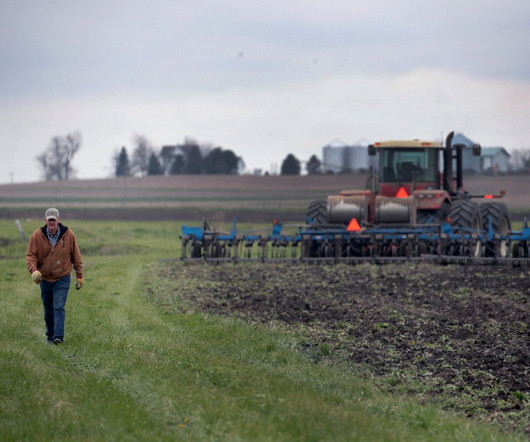

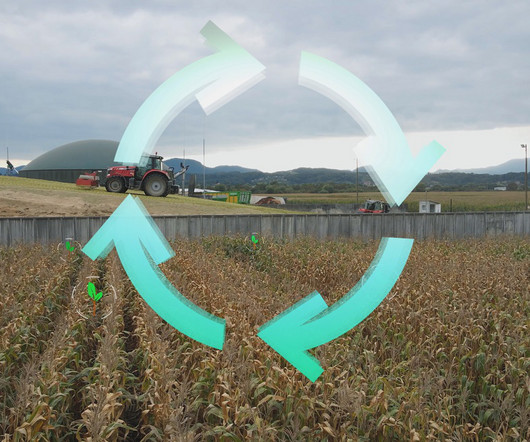
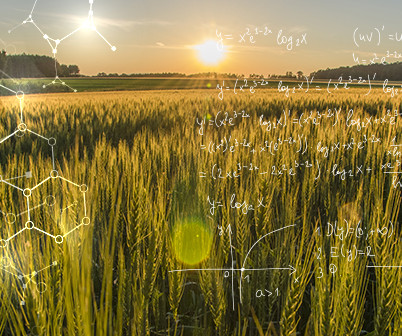
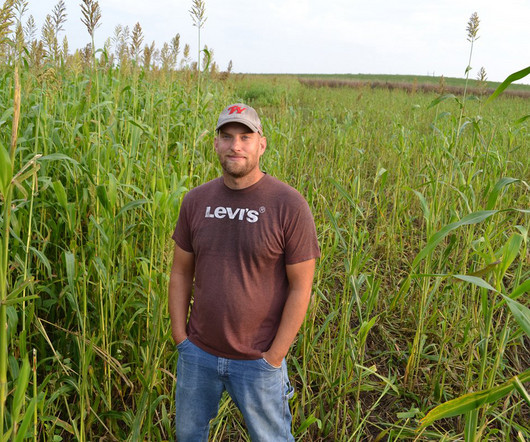
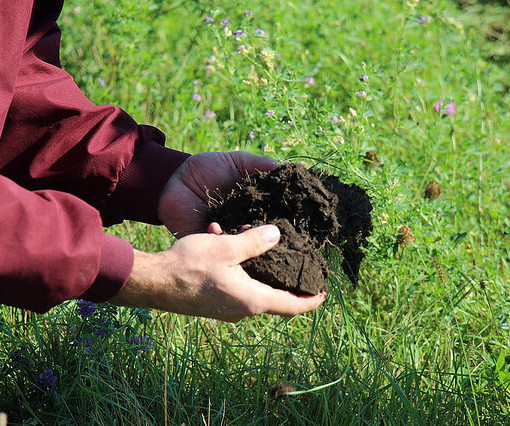
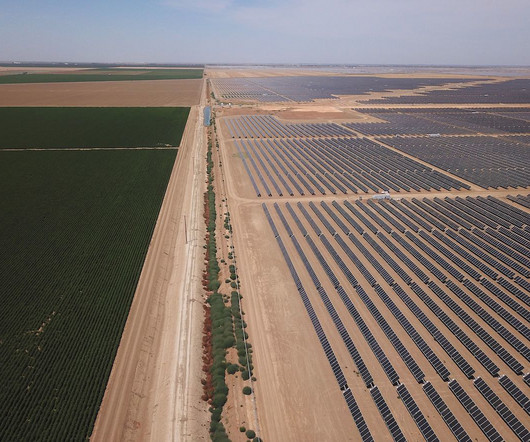
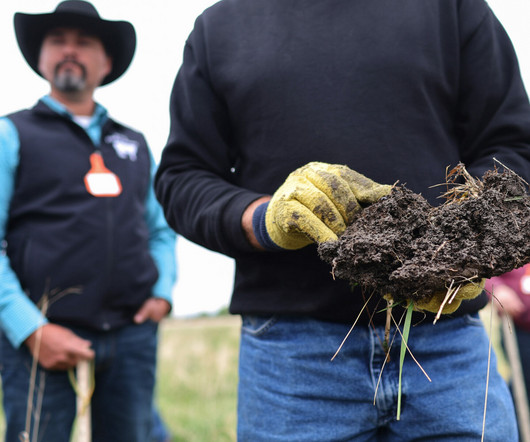
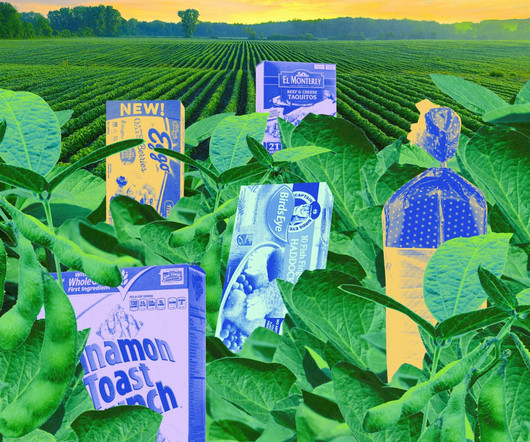






Let's personalize your content